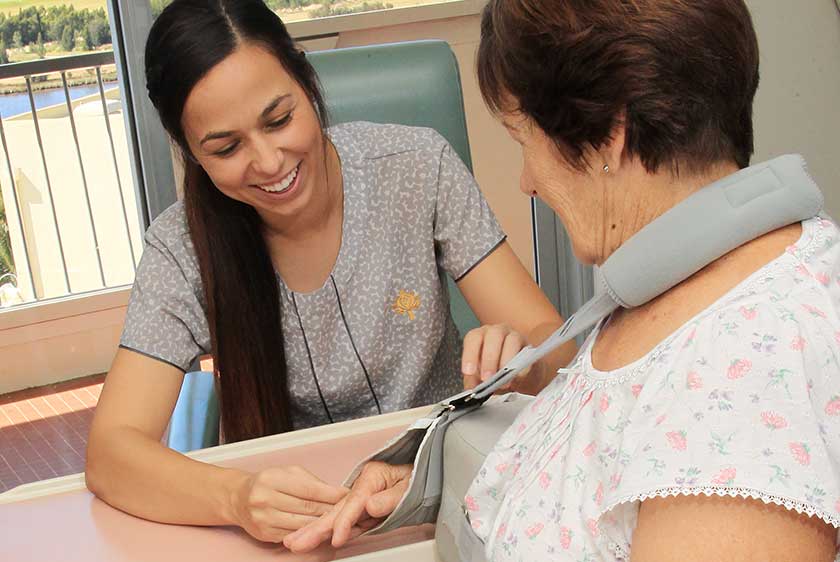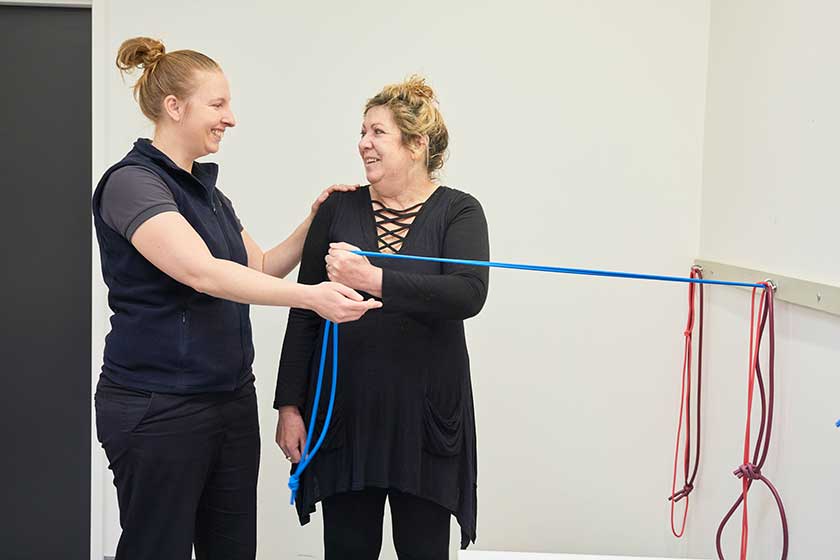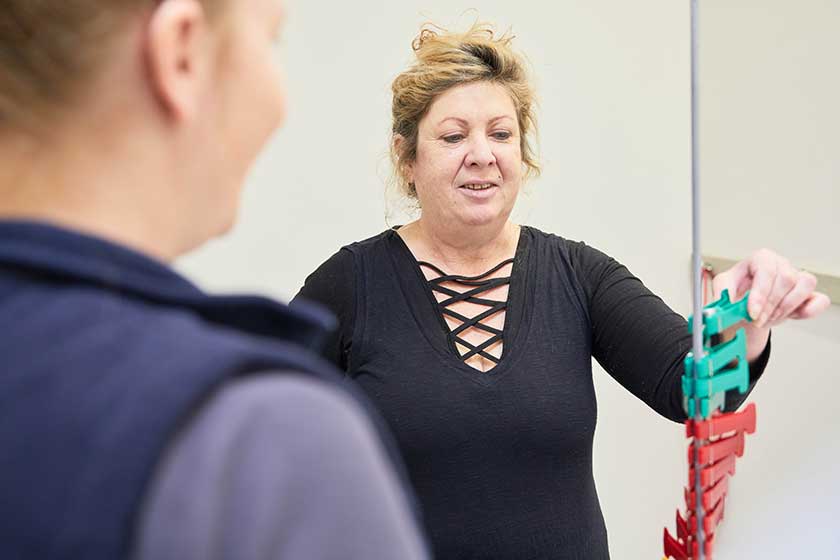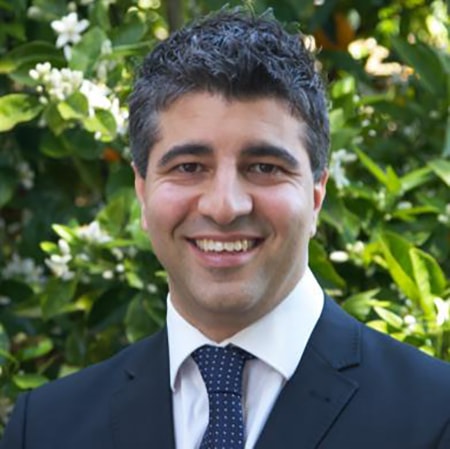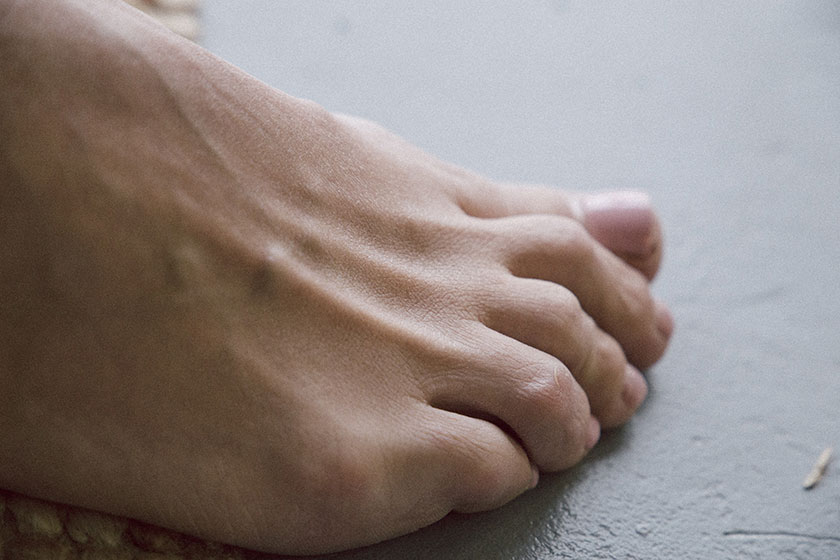What treatment is available?
Carpal tunnel treatment options vary depending on the severity of your symptoms as well as your preferences.
Your general practitioner (GP) can offer you a range of options and can also refer you to an orthopaedic surgeon for further treatment if required.
It is important to seek advice from your doctor as soon as you start to feel symptoms, as they can get worse and lead to permanent damage.
Some of the treatments you may be offered include:
- anti-inflammatory or diuretic medication
- activity modification
- a steroid injection into your carpal tunnel
- wearing a wrist brace
- surgery.
What does carpal tunnel surgery involve?
Surgery is often a last resort to treat carpal tunnel syndrome and recommended if all other possible treatments have failed. Having said that, if your condition is severe, surgery may be given a higher priority.
The aim of the surgery is to reduce the pressure on your median nerve.
It is a relatively straightforward procedure where the band of tissue that crosses the nerve is cut.
The procedure generally takes less than 30 minutes and is frequently performed under local anaesthesia with sedation or sometimes a general anaesthetic.
What happens after surgery?
To enable your wound to heal well, keep your hand elevated particularly in the first 48 to 72 hours.
You can use your hand immediately after surgery for light activities and it is important to get your fingers moving, all the way straight and bent.
You will often have a follow up appointment with your surgeon two weeks post operation to check the wound and remove sutures.
At this time you can gradually increase your activities as tolerated but avoid heavy or repetitive activities for another four weeks or so.
Will I need rehabilitation after my surgery?
You may be referred to a physiotherapist or occupational therapist to help your hand and wrist recover.
These sessions will usually focus on scar management to help desensitise the wound and decrease scar thickening in the early stages and progress to strengthening exercises as things progress.
Any surgical procedure carries risks. Make sure you discuss all possible risks with an appropriately qualified health practitioner.
